How People in the Toughest Places Find Shelter
By Amanda DeWitt
Bricks. Mortar. Wood. Straw. Mud. Fabric. Cardboard. Tarps. Stone.
In the toughest places “home” takes a variety of forms. But no matter where you live, it fundamentally meets the same need in all of us.
Home is a place where we gather. It is our shelter on hot days and cold, rainy nights. It is where we feed our families and do our laundry. It is where we return to after a long day. And it is where we lay our heads at night.
Take a look at the homes of people living in the toughest places. Consider what it would be like to live in an area different from your own. Then think about what binds us all together as we seek shelter and a place to call home.
Chad
Most Chadian homes are round and made of clay and straw. Large families dwell within these small structures. Homes are often grouped together and may include a fence for added protection.
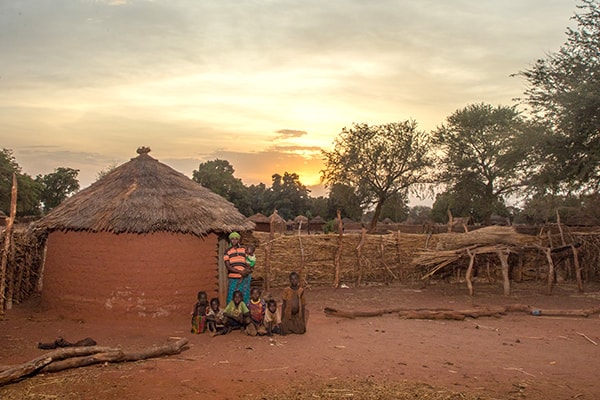
Liberia
In rural Liberia families make their homes out of common, accessible materials. Clay and stone are combined with wood and fabric. Metal roofs provide additional shelter from the sun and rain.

Greece
Refugee families often rely on whatever items they can find to create shelter. In refugee camps like this one, people use a combination of tarps along with fabric, cardboard, and other materials to protect them from extreme temperatures, rains, and other conditions.
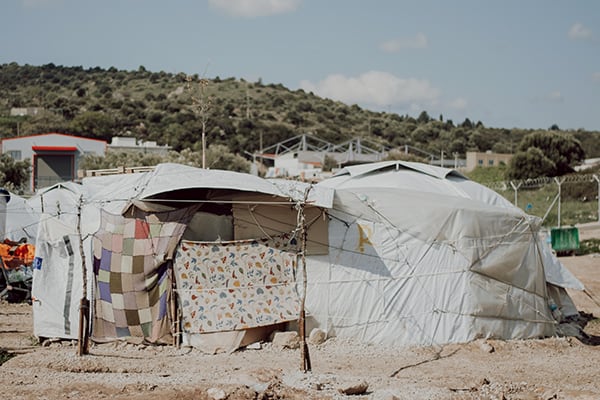
North Africa
In much of North Africa, families live in tents or other manmade structures built from clay and straw. A few people live in secure village areas. These small homes, connected together, are designed to help keep children safe and allow them space to run and play.
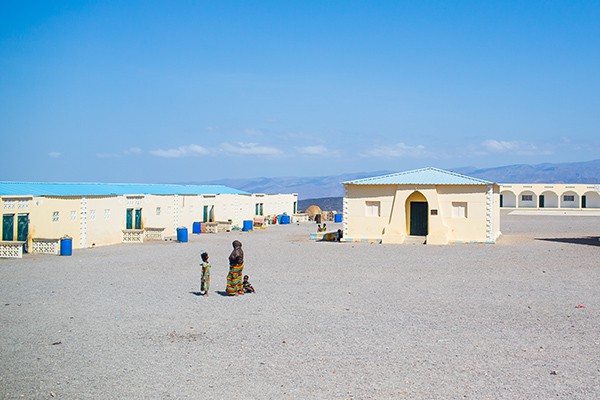
Lebanon
In the major cities of Lebanon, apartment buildings line busy streets. With the recent financial crisis, many families struggle to pay their rent. Large families may be forced to live together in a one-bedroom apartment or to relocate to an older part of the city.
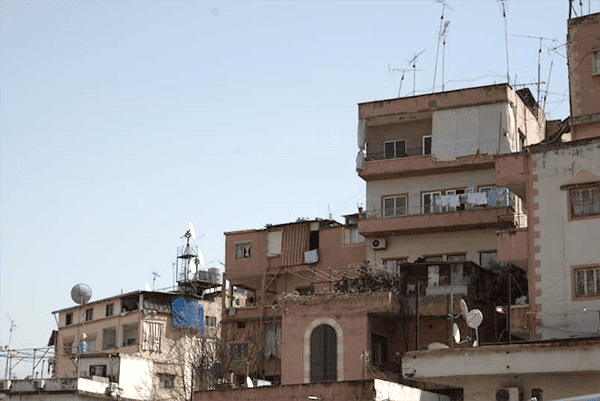
Central Asia
In one Central Asian country, homes are made from manmade bricks and covered in tin. This helps protect people from the extreme climate, including frigid winter temperatures that make it difficult for families to stay warm. When the sun comes out, women are able to wash and dry their laundry on lines hung outside their homes.

Rwanda
Known as “the land of a thousand hills,” people often build their homes overlooking the fields they work for food and income. Houses are usually made of mud bricks with thatched rooftops.
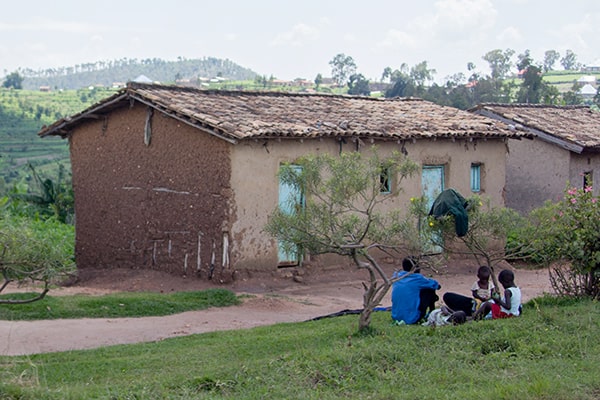
Peru
For families living in poverty, building a home in the slums, often found outside major Peruvian cities, is their only option. They use a combination of wood, tin, and other objects to help create shelter for themselves and their children.

Suriname
Homes in Suriname are traditionally made of wood. With the country’s low elevation, many communities are vulnerable to flooding especially during the rainy season.
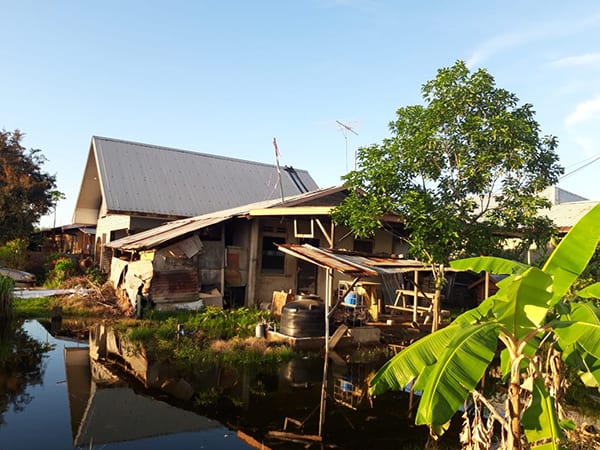
Central Asia
In one mountainous Central Asian country, pastoral families build their wooden homes along — or even within — the hillsides. This allows them to live close to the flocks they tend.
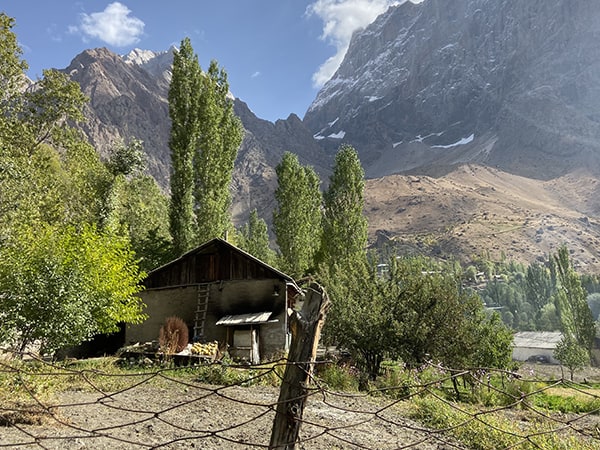
Southeast Asia
In one Southeast Asian country, families have built their wooden homes on stilts for centuries. During the wet season every area of the country is affected by rapidly rising rains, so the raised style helps protect homes from flooding. Thatched, tile, or tin roofs also helps shelter families from the elements.
Regardless of where people call home, everyone needs a place of shelter. They need a retreat from the cold, rain, or heat. They need a safe place for their children to rest. And they need to know there’s a God who sees them, knows their needs, and is their ultimate refuge.
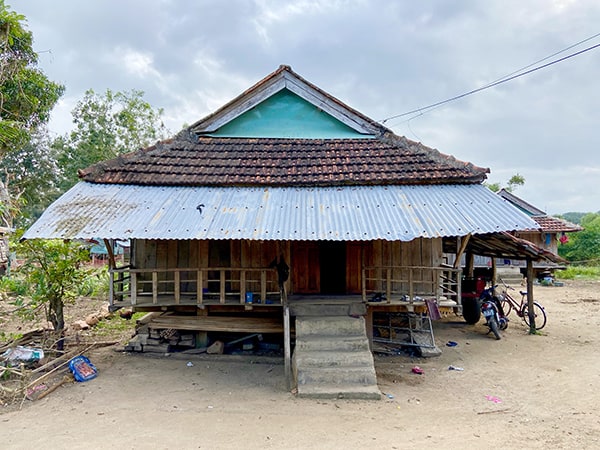
Regardless of where people call home, everyone needs a place of shelter. They need a retreat from the cold, rain, or heat. They need a safe place for their children to rest. And they need to know there’s a God who sees them, knows their needs, and is their ultimate refuge.
Rush Survival Kits to People in the Toughest Places
People in the toughest places often struggle to access the basic items they need to survive — meals, water filters, tarps for shelter, medical supplies, and more.
Over the next four months, local Unto team members plan to distribute 4,628 Survival Kits to suffering people in six countries. Every kit is customized to the needs of those receiving it and is personally delivered by local staff members. It costs just $35 to help provide someone with critically needed aid and share the hope of Jesus.
Published June 24, 2022

Amanda is a freelance writer whose work has appeared in Gift for Leadership, Kindred Spirit, and Christianity Today publications. She holds a M.A. in Media and Communication from Dallas Theological Seminary.





